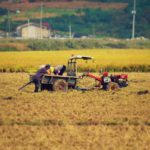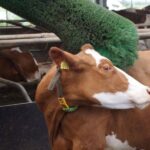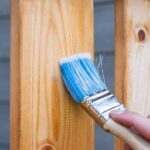Table of Contents
Raising young lambs is a task that requires patience, dedication, and a certain level of innovation, especially when it comes to bottle feeding.
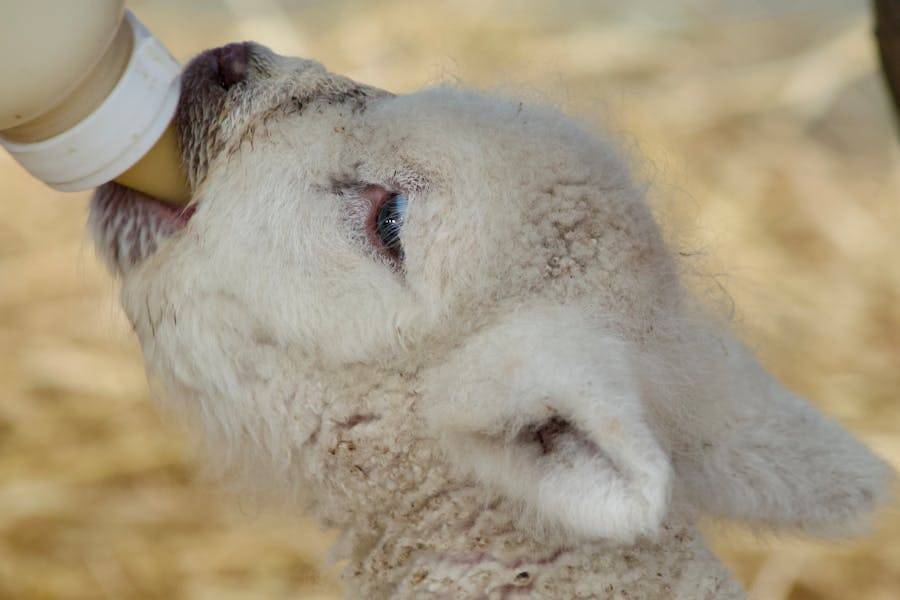
For small-scale farmers or homesteaders, the challenge of keeping hungry lambs fed on schedule can be daunting.
A homemade lamb bottle holder not only alleviates the workload but also ensures that the lambs receive their necessary nutrition in a manner that mimics natural feeding.
This comprehensive guide will walk you through creating a safe, efficient, and cost-effective lamb bottle holder tailored to your specific needs.
Assessing Your Needs
Number of Lambs
The first step in creating a bottle holder is to assess the number of lambs you intend to feed simultaneously. This will directly influence the design and size of your holder.
For instance, feeding one or two lambs may require a simple, single-bottle design, whereas larger litters may necessitate a multi-bottle system to ensure all lambs are fed timely and efficiently.
Space Availability
Consider the space where the bottle holder will be used. It’s important to choose a design that fits well within the designated feeding area without obstructing movement or other operational activities.
The space available may also influence whether you opt for a freestanding model or a wall-mounted version.
Choosing the Right Materials
Safe and Durable Options
Selecting the right materials is crucial for building a durable and safe bottle holder. Untreated wood, food-grade PVC, and stainless steel are excellent choices.
These materials are not only safe for animals but also offer longevity and resistance to wear and tear. When selecting wood, ensure it is untreated to prevent any harmful chemicals from harming the lambs.
Cost-Effective Solutions
Budget considerations are important, especially for small-scale operations. Look for cost-effective materials by repurposing items or visiting local hardware stores for off-cuts or discounted materials.
PVC pipes, for example, are affordable, lightweight, and easy to work with, making them an ideal choice for many DIY projects.
Designing Your Bottle Holder
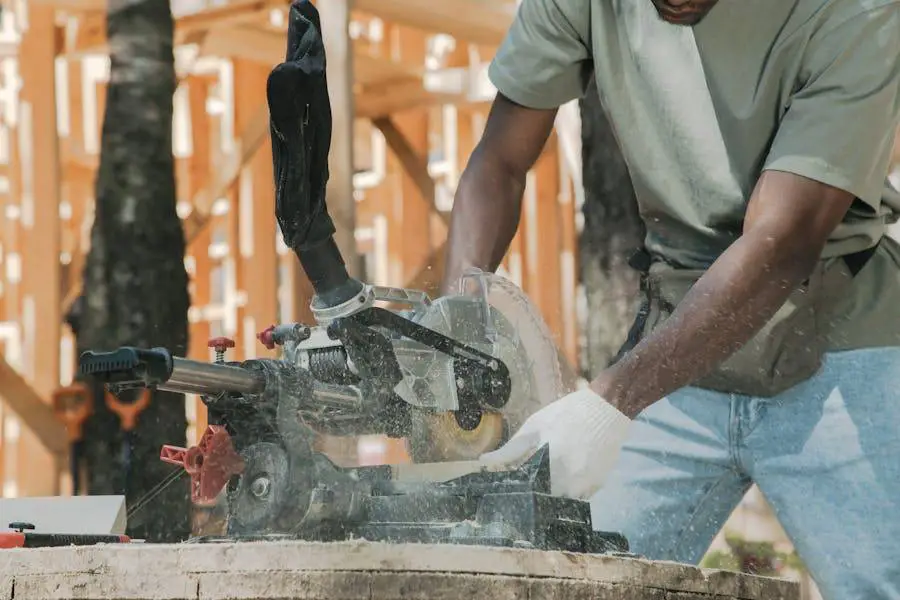
Basic Design Principles
A well-designed bottle holder should be sturdy to prevent tipping, easy to clean, and accessible for lambs of varying sizes.
The design should allow bottles to be held securely while enabling lambs to feed in a natural position.
Consider the height and reach of the lambs to ensure they can comfortably access the bottles without strain.
Customizing for Your Needs
Your bottle holder can be customized depending on the number of lambs, the available space, and personal preferences.
Ideas for customization include adjustable height features for growing lambs, expandable slots for additional bottles, or even wheels for easy mobility.
Building the Bottle Holder
Step-by-Step Assembly Guide
Crafting a durable and functional bottle holder requires careful planning and precise execution.
The process involves selecting the right materials, measuring and cutting accurately, and assembling the parts securely.
By following these detailed steps, you can create a lamb bottle holder that meets both your needs and those of your lambs.
Materials Needed:
- Hardwood board (15” x 3 1/8” x 3/4”), such as oak, which is both sturdy and safe for animals. Oak wood is preferred due to its durability and resistance to wear (source: Instructables.com).
- Tape measure or ruler for accurate measurements.
- Saw for cutting the wood to the required dimensions.
- Drill for making holes for screws.
- Screws to assemble the pieces together securely.
- Sandpaper to smooth out any rough edges or surfaces.
Steps to Follow:
- Planning Your Design: Before cutting into your materials, sketch out the design of your bottle holder. Consider the number of bottles it needs to hold and the height at which it will be most accessible to the lambs.
- Measuring and Cutting: Using your tape measure or ruler, carefully measure and mark the hardwood board according to your design specifications. With precision, use a saw to cut the wood following your markings. Ensure all pieces are cut to the correct dimensions for a seamless assembly.
- Preparing the Bottle Slots: Depending on the number of bottles your holder is designed to accommodate, mark the positions where the slots will be cut out on the top piece of your holder. Use a drill to start each slot, then a saw to cut out the shape. Make sure the slots are slightly larger than the bottle diameter for easy insertion and removal.
- Assembly: Start by assembling the base and the frame of the bottle holder. Align the cut pieces according to your design and secure them together with screws. If your design includes a backboard, attach it to the frame ensuring it’s upright and stable.
- Securing the Bottle Slots: Attach the top piece with the bottle slots to the frame. Ensure it is securely fastened and stable. This piece should be positioned at an accessible height for the lambs to reach the bottles without difficulty.
- Finishing Touches: Once assembled, use sandpaper to smooth any rough or sharp edges on the wood. This step is crucial to prevent potential injuries to both the lambs and the caretaker.
By following these steps meticulously, you will have created a sturdy, functional lamb bottle holder.
This DIY project not only provides a practical solution for feeding young lambs but also offers the satisfaction of having built something beneficial for your livestock’s care and well-being.
Tools and Techniques
Basic carpentry or plumbing tools are generally sufficient for this project.
Key techniques include accurate measuring, pre-drilling holes for screws to avoid splitting wood, and ensuring all connections are secure and stable.
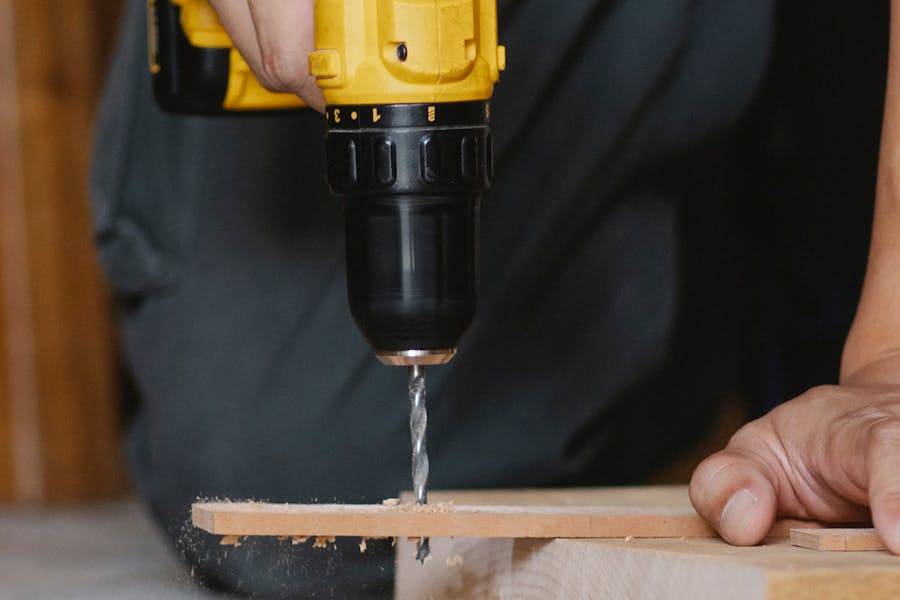
Safety and Maintenance
Ensuring Lamb Safety
Safety should be a priority when designing and building your bottle holder. Avoid using materials with toxic coatings or sharp edges.
Ensure the structure is stable and cannot easily be knocked over by the lambs during feeding.
Cleaning and Upkeep
Choose materials that are easy to clean and maintain. Design the holder so that bottles can be easily inserted and removed, facilitating daily cleaning.
Regular maintenance checks are essential to ensure the holder remains safe and functional.
Advanced Modifications
Adaptable Features
For a more advanced bottle holder, consider incorporating features such as telescopic legs or adjustable bottle angles.
These modifications can help accommodate lambs as they grow, ensuring the holder remains usable for longer periods.
Incorporating Technology
Integrating simple technologies can enhance the functionality of your bottle holder.
Examples include automatic refill systems or timed release mechanisms for scheduled feedings, which can be beneficial for busy caretakers.
Overcoming Common Challenges
Bottle Security
To prevent bottles from falling or being pushed out by eager lambs, secure them using adjustable clamps or create slots that snugly fit the bottle dimensions. This ensures lambs can feed without interruptions.
Weather Resistance
If the bottle holder will be used outdoors, consider materials and finishes that offer weather resistance. For wooden holders, use a suitable outdoor sealant.
For PVC, ensure all joints are securely glued to prevent moisture ingress.
Conclusion
Crafting a homemade lamb bottle holder is a rewarding project that not only simplifies the feeding process but also contributes to the well-being of young lambs.
By following this guide, you can create a customized bottle holder that meets your specific requirements, ensuring your lambs receive the care and nutrition they need.
Whether you’re an experienced DIY enthusiast or new to crafting, this project offers an opportunity to develop skills and innovate in the care of your livestock.


